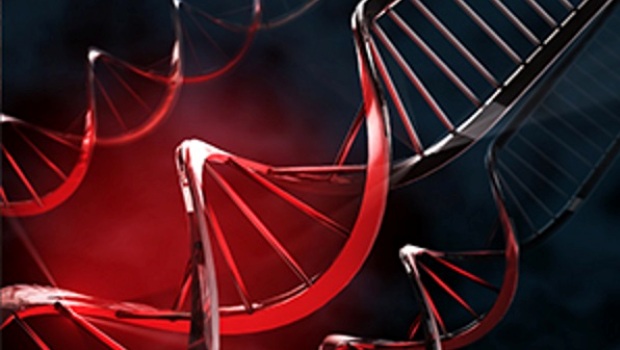The 3D bioprinting of tissues of human organs could enable the repair of damaged tissues, bones, and organs. The concept of organ donor might go extinct. A Dutch research team working with the Universities of Maastricht and Delft have made a breakthrough for bone regeneration. They have managed to 3D print smart implants which have self-folding properties that assist in bone cell regeneration.
The 3D printed breakthrough was explained in the journal Materials Horizons, under the story entitled ‘Programming the shape-shifting of flat soft matter: from self-rolling/self-twisting materials to self-folding origami’, by S. Janbaz, A. A. Zadpoor, and R. Hedayati. This bone breakthrough could be used for various medical implants.
Dr Amir Zadpoor said that if the regeneration of tissues could be successfully executed, it could solve many problems in the treatment of complex diseases. For this purpose, multifunctional biomaterials are needed, that can facilitate growth. This group at Maastricht and delft is focusing on research in these fields. Though 3D printing enables the creation of complex 3D structures, but access to nano-patterns is negligible. Nanolithography enables the formation of complex nano- patterns, but on flat surfaces.
The Dutch team has taken inspiration from the origami art for taking their research to the next level. Zadpoor used these 3D printed biomaterials to fold in patterns when subjected to specific temperature conditions. Zadpoor’s team included researchers S. Janbaz and R. Hedayati, who developed flat (two-dimensional) programmable materials that were triggered by stimuli like temperature to transform into a 3D shape.
These shape-shifting objects were 3D printed using two and morelayers of shape memory polymers and hyperelastic polymers. These materials are capable of four different transformational modes (self-rolling, self-twisting, combined self-rolling and self-wrinkling), they can be planted anywhere in the human body and assist the development of cellular materials. Some of these modes were subsequently integrated into 2D constructs, and were activated to obtain self-twisting DNA-like structures, self-organizing fibers, and more.How successful this technique becomes in future, is yet to be seen.
Source: 3ders.org
